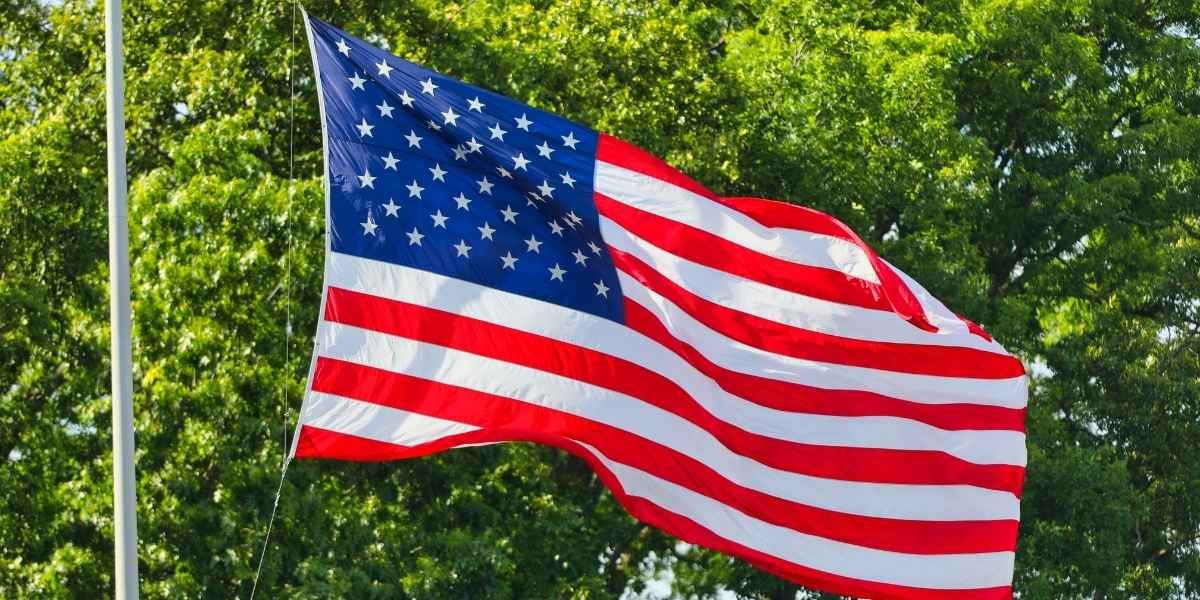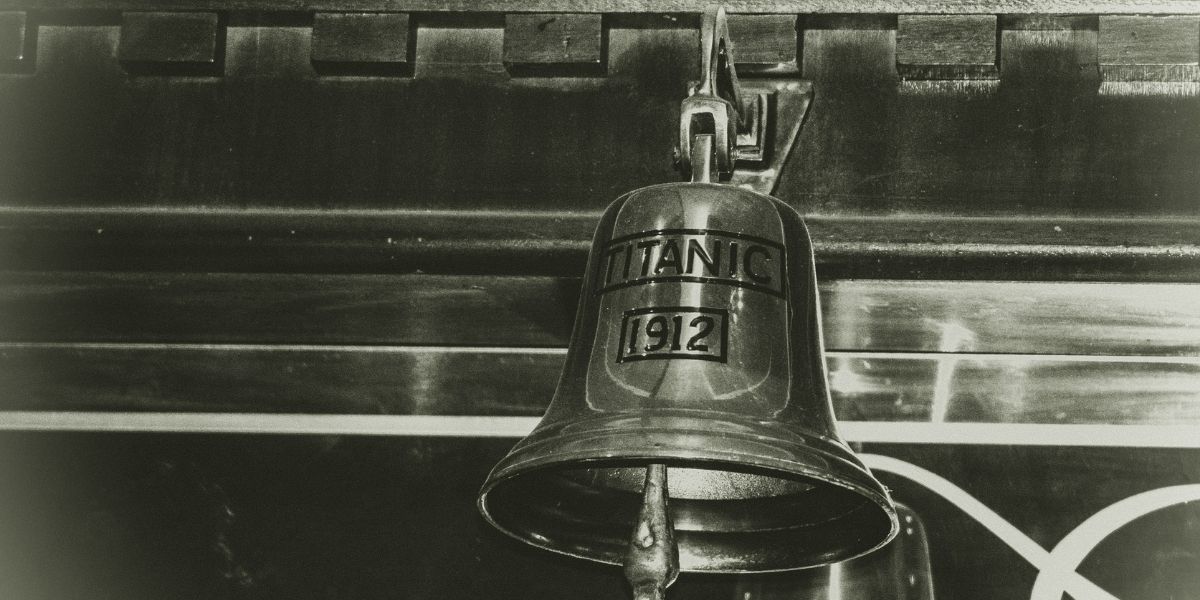Star Spangled Banner: The Story of Francis Scott Key
The Star Spangled Banner holds a unique place in American history. It is more than just a national anthem—it’s a reflection of a nation’s resilience, pride, and identity. Yet behind the familiar lyrics lies a moment of uncertainty and hope, captured by a man who witnessed a battle unfold from a ship in the harbor. That man was Francis Scott Key, and his poem, written in the midst of war, would become a lasting symbol of American spirit.
Read Also: American Flag: The Meaning Behind the Stars and Stripes
Who Was Francis Scott Key Before the Anthem?
Before he penned the Star Spangled Banner, Francis Scott Key was known not as a songwriter but as a lawyer. Born in Maryland in 1779, he came from a well-established family and built a career in law. His path often crossed with politics and public service, but writing was simply a passion, not a profession.
Despite his later fame, Key did not seek the spotlight. He led a relatively quiet life and was respected for his intellect and religious faith. What set him apart was his ability to capture emotion through words—and that talent would find its most powerful expression during the War of 1812.
What Inspired the Star Spangled Banner?
The origin of the anthem traces back to September 1814, during the Battle of Fort McHenry. The British had launched an intense naval attack on the fort, which protected the city of Baltimore. Francis Scott Key had boarded a British ship to negotiate the release of an American prisoner and ended up stuck on board as the battle began.
All night, he watched as bombs lit up the sky and cannon fire echoed across the water. It was unclear whether the fort—and the American flag flying above it—would survive the night. But when morning came, the flag was still there.
Moved by the sight, Key began to write. His poem, originally titled “Defence of Fort M’Henry,” captured the tension, triumph, and pride of that moment. It began with a question:
“O say can you see, by the dawn’s early light…”
That question echoed how many felt in that uncertain moment—grateful, awed, and unsure if freedom had endured.
How Did the Poem Become the National Anthem?
Key’s words spread quickly. Set to the tune of a popular melody, the poem became a patriotic favorite. Over time, it gained traction as a ceremonial song played during military and civic events.
By the early 20th century, the Star Spangled Banner was commonly used at baseball games and official gatherings. It reflected a growing desire for national unity, especially during times of war.
Still, it wasn’t until 1931—more than a century after it was written—that Congress officially declared it the national anthem of the United States. Its adoption came at a time when the country sought to strengthen its identity and honor its past.
Why Does the Star Spangled Banner Still Matter Today?
The anthem’s power lies in its connection to survival. It was born during a siege and set to music that conveys urgency and strength. It speaks to those moments when the country was tested and held its ground.
Yet its meaning has evolved. Over the years, the Star Spangled Banner has become a stage for public expression. At sporting events, political protests, and memorial ceremonies, it’s more than a song—it’s a moment of reflection.
People stand, kneel, sing, or listen in silence. Each response carries a personal or political message, proving that the anthem remains a living part of American culture. Its ability to spark dialogue is a sign of its relevance.
Read Also: Exploring U.S. Landforms: From Mountains to Rivers
What Legacy Did Francis Scott Key Leave Behind?
Francis Scott Key may have never imagined his poem would become a defining piece of American identity. Though he returned to his law practice and continued his public service, it is that moment on the British ship—watching the flag endure—that remains his legacy.
His words gave voice to a nation in a fragile moment, capturing the emotion of survival and the pride of independence. Whether recited in classrooms or performed on global stages, the Star Spangled Banner continues to connect people to a shared past and a collective hope.
Though centuries have passed, the question Key posed still echoes today: “O say does that star-spangled banner yet wave…”
And with each performance, the answer lives on.








